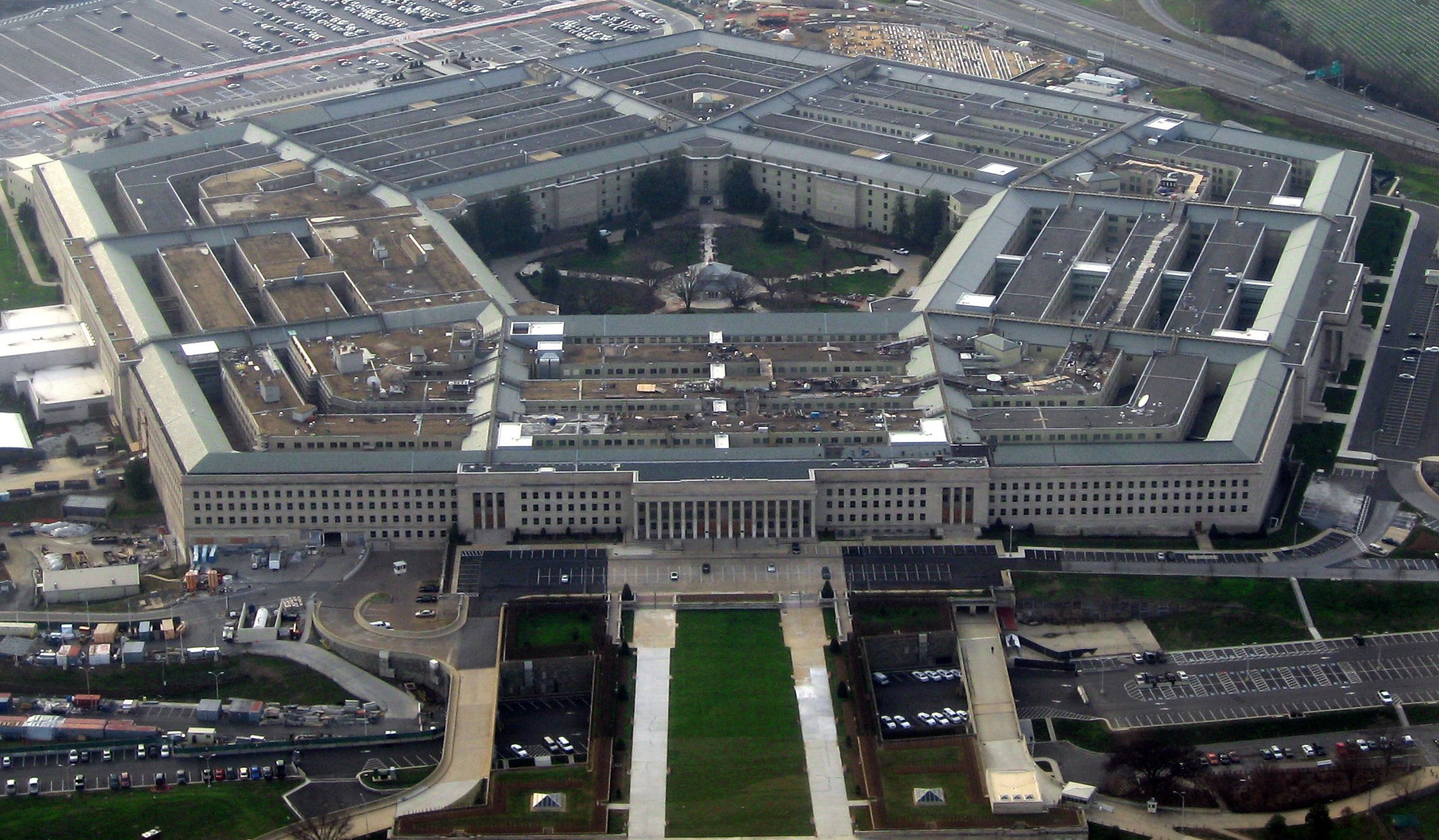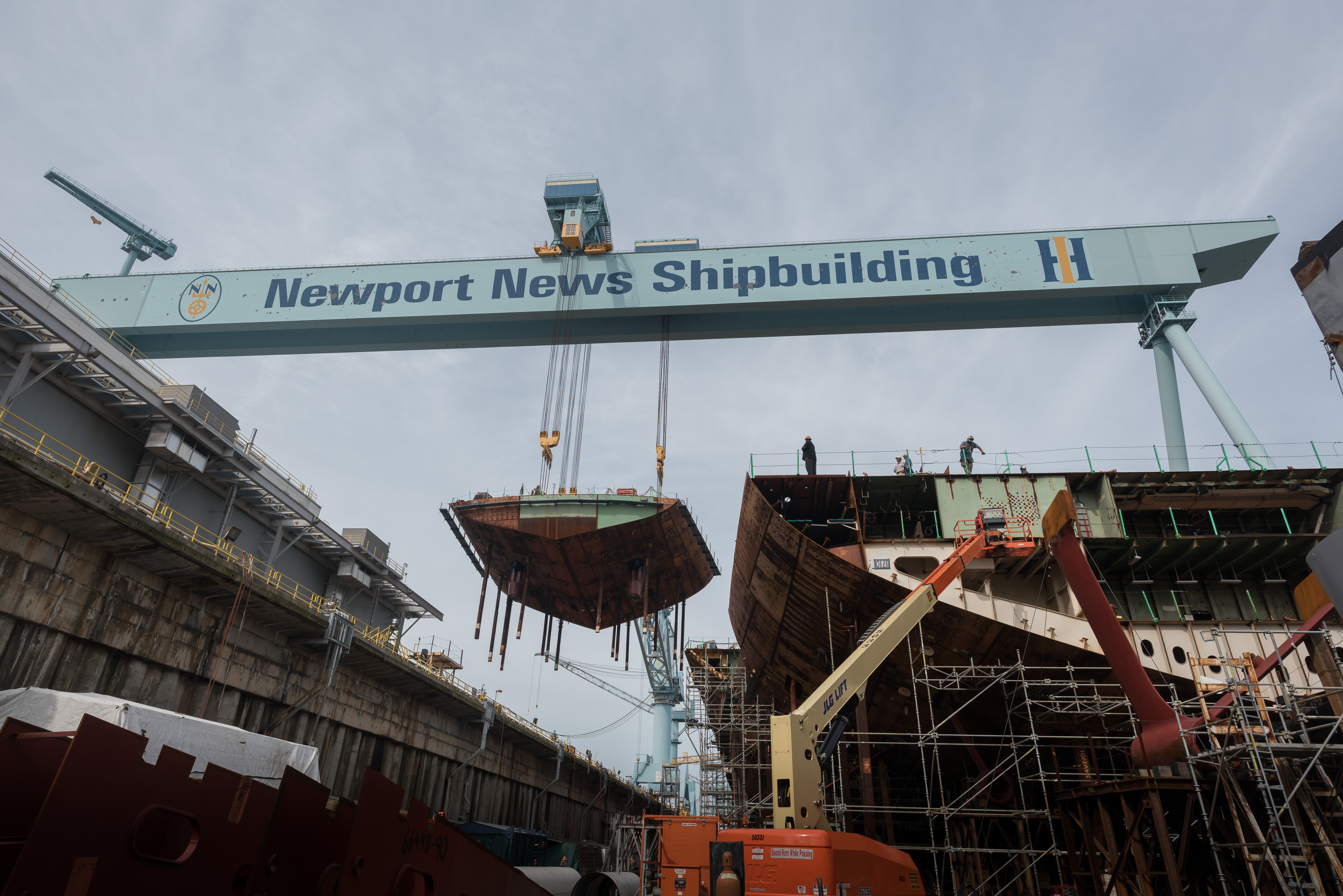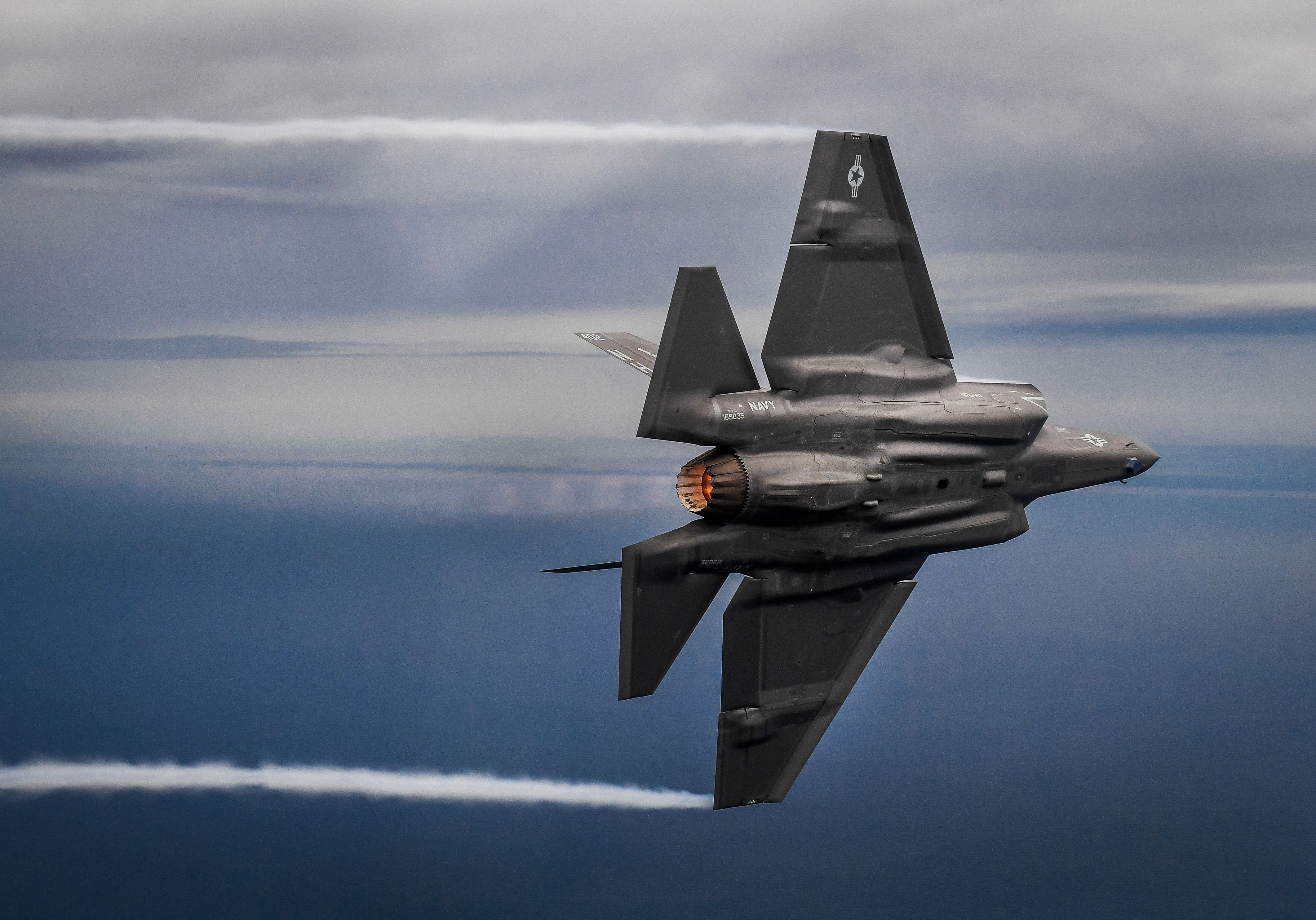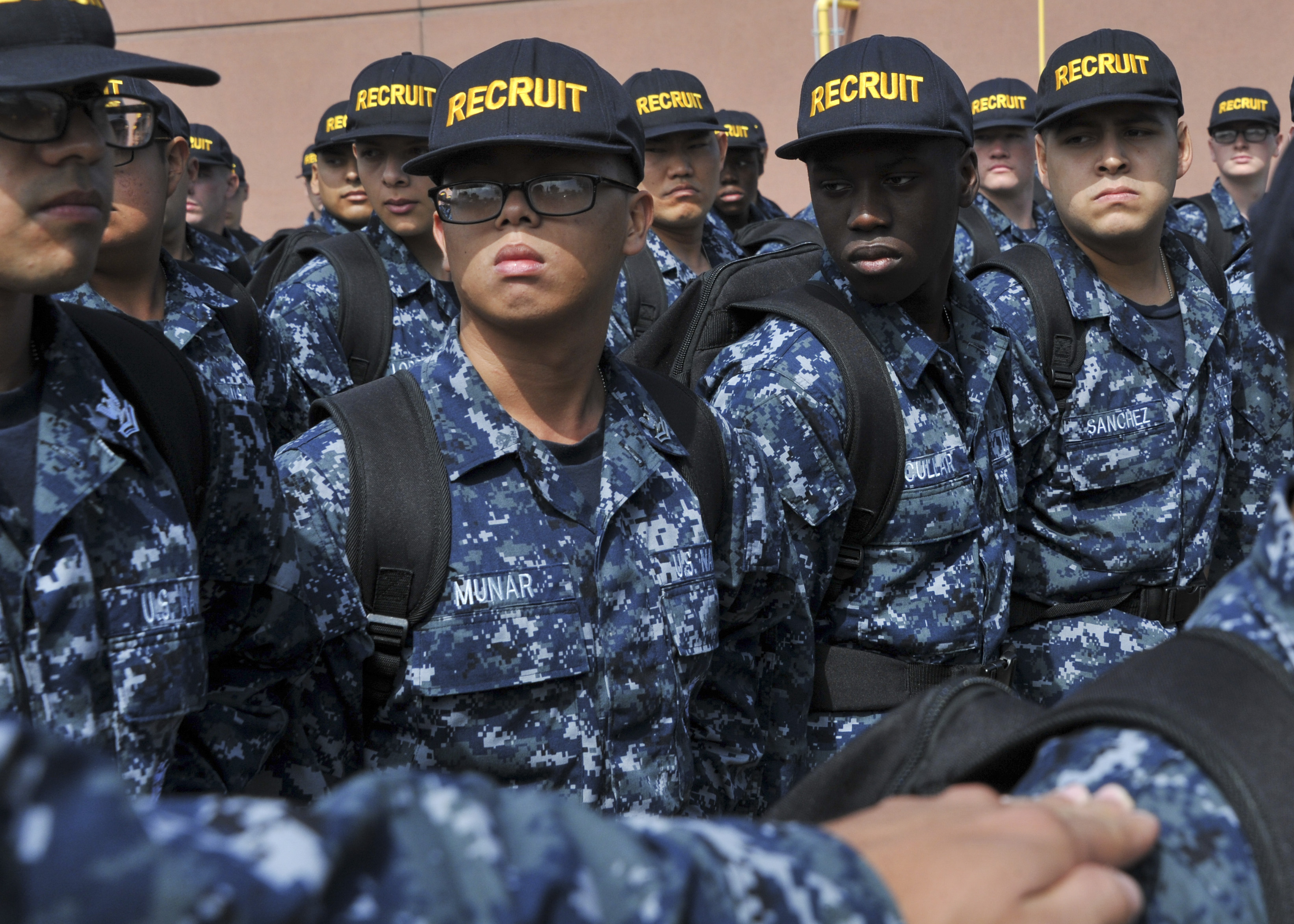
CAPITOL HILL – Lawmakers in both the Senate and House of Representatives released Fiscal Year 2020 defense spending plans this week, focusing on increasing the Pentagon’s technological superiority to near-peer competitors.
The Senate Armed Services Committee marked up and passed its FY 2020 National Defense Authorization Act, which gives the authority to spend money on programs and activities. Separately, the House Appropriations Committee marked up its defense subcommittee’s FY 2020 defense spending bill, which provides the actual dollars to spend. Both committees are awaiting their counterparts on the other side of the Hill to take up their own versions of the defense authorization and defense spending bills.
“In an increasingly dangerous world, Congress must show strong, decisive leadership to preserve peace through strength and protect freedom-loving Americans. This year’s National Defense Authorization Act keeps us on the course started last year—continuing implementation of the National Defense Strategy, restoring our combat advantage and supporting our warfighters,” Sen. Jim Inhofe (R-Okla.), chair of the Senate Armed Services Committee, said in a statement released by the committee.
However, the SASC and HAC approached 2020 spending differently, setting the stage for a series of negotiations in the coming months.
The most noticeable difference appears to be the SASC and HAC budget starting points – the Senate is more generous, authorizing an FY 2020 DoD base budget of $642.5, while the House appropriations committee approved an FY 2020 $622.1 billion in DoD base funding.
The White House FY 2020 Defense budget request released in March included a base budget request of $544.5 billion to adhere to the Budget Control Act of 2011 spending caps that remain in place. However, the White House proposal relies heavily on tapping into the Overseas Contingency Operations (OCO) fund to add $165 billion to the DoD budget. In comparison, for the current FY 2019, Congress appropriated a total of $68.8 billion in OCO funding.
Both the Senate and House rejected the White House’s to use OCO funding to pay for DoD activities typically covered by the base budget request. The Senate authorized $75.9 billion in OCO funding, while House appropriators approved $68.1 billion in OCO funding. Without a budget deal, the Pentagon will be forced to live with the smaller $544.5 million base budget.
“I applaud the chairman’s decision to move funds from the administration’s OCO request to the base for a more realistic, sustainable expenditure plan,” Sen. Jack Reed (D-R.I.), the committee’s ranking member, said during a media briefing Thursday.

Truman Refueling
Both the Senate and House agreed to spend close to $17 million in FY 2020 to support the earliest planning for the refueling of USS Harry S. Truman (CVN-75). When the DoD FY 2020 budget request was released, the Navy planned to skip refueling Truman and retire the carrier early, in a bid to save money and focus on building the Ford-class carriers and pursuing future technologies like unmanned surface vessels. However, following a backlash in both the Senate and House, the White House changed course last month. The plan now is to refuel Truman, Vice President Mike Pence announced during a visit to the ship in April.

Shipbuilding
The SASC and HAC differ slightly with spending money on shipbuilding. The Senate authorizes $24.1 billion to fund 12 battle force ships, but the House appropriates $21.7 billion for building 11 ships. The difference is the Senate authorizes the purchase of a third Virginia-class submarine, in line with the Navy’s request, while the House approves funding for two Virginia-class submarines while including some advance procurement dollars to purchase the third Virginia-class sub in the future.
Both the SASC and HAC bills include three Arleigh Burke-class guided-missile destroyers; one frigate; two towing, salvage and rescue ships; two John Lewis-class oilers; and the Columbia-class ballistic missile submarine.
The third Virginia-class submarine was inserted in addition to the original 10-sub block buy plan to help fill a looming gap in submarine inventory. The Navy currently has 51 attack submarines but has a goal of fielding 66.

Aircraft
The SASC authorized the purchase of 94 F-35 Lighting II Joint Strike Fighters, while the HAC appropriated for 90. The four additional fighters in the Senate bill are for variants used by the Navy and Marine Corps – two more F-35Bs, the short take-off, vertical landing variant used by the Marine Corps, and two more F-35C fighters designed for aircraft carrier launches and recoveries and used by the Navy and Marine Corps.
Both the Senate and House bills prohibit the sale of F-35 fighters to Turkey if the country moves forward with its plan to purchase a Russian-made S-400 Triumf anti-aircraft system. The Pentagon has already started researching ways to replace Turkish firms currently supplying parts to the F-35 program if the Turkish government purchases the Russian anti-aircraft system.
The HAC is funding 12 V-22 tiltrotor aircraft, while the SASC would allow the purchase of 10. Both bills include money for four E-2D Advanced Hawkeye aircraft and six VH-92A Presidential Helicopters, all of which is in line with the Navy’s request.

End Strength
Both bills support the Navy’s and Marine Corps’ requested FY 2020 end strength levels of 340,000 active duty Navy personnel and 186,200 active duty Marines. Both bills also include a 3.1-percent raise for all active duty military personnel.





